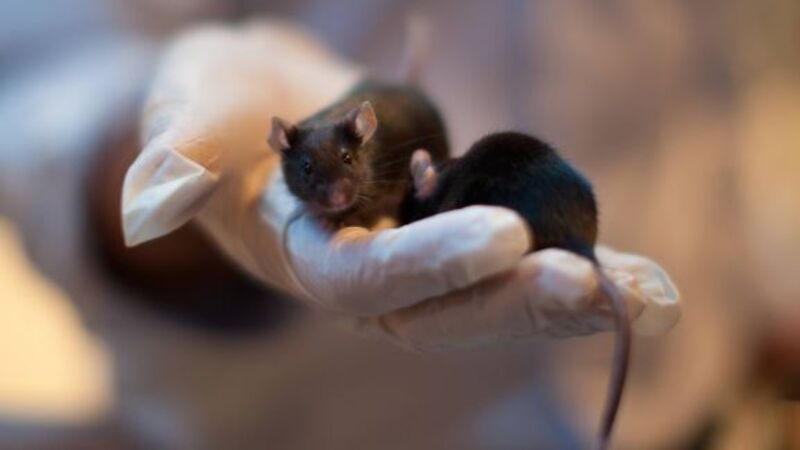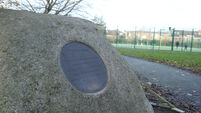Alzheimer's treatment close as new pill dissolves primary cause in mice

Scientists who added the molecule to the drinking water of affected mice found harmful protein fragment deposits in their brains were broken down.
The animals, genetically engineered to develop symptoms of Alzheimer’s disease, also showed improvements in memory and learning.
Experts say much more work needs to be carried out before the drug, EPPS, can be tested on human patients.
But the new approach is said to look promising, especially for the treatment of people at risk from inherited forms of the disease.
Novel Chemical 'Washes Away' Alzheimer's Plaque in Mice https://t.co/MueobHU4qj
— Live Science (@LiveScience) December 8, 2015
The way the drug works is unclear but it is believed to make the amyloid beta “plaques” that build up in the brain soluble, so they can be cleared away.
However, it may only be effective before clinical symptoms appear, highlighting the importance of finding new ways to diagnose cases earlier.
Amyloid accumulation is believed to occur first, leading on to other changes such as the formation of “tangles” of tau protein within nerve cells that actually trigger the effects of Alzheimer’s.
Dr Frances Edwards, a reader in neurophysiology at University College London, pointed out most people with the disease are only diagnosed after the appearance of tau tangles and “considerable loss of brain tissue”.
Commenting on the findings published in the journal Nature Communications, he said: “If we could catch Alzheimer’s disease before this occurred, such an amyloid-removing drug might stop it in its tracks.
“Many more tests need to be done, but for people with the rare inherited forms where Alzheimer’s disease can be predicted long in advance, this could be a very interesting drug indeed.”
The research was carried out by a South Korean team led by Dr YoungSoo Kim from the Korea Institute of Science and Technology in Seoul.
Amyloid beta consists of sticky fragments of protein that clump together in the brain and are one of the key hallmarks of Alzheimer’s.
They are found in the brains of all deceased patients, but appear to pre-date the onset of memory loss and other symptoms in humans.
After success with cell cultures, the team tried adding large doses of EPPS to the drinking water of mice suffering from Alzheimer’s.
They found the drug broke down the amyloid beta plaques in the animals’ brains, and appeared to be non-toxic.
The scientists concluded: “Additional studies are warranted to determine whether these favourable actions of EPPS and derivatives will translate into a therapy that might potentially be useful across a range of AD [Alzheimer’s disease] stages.”















